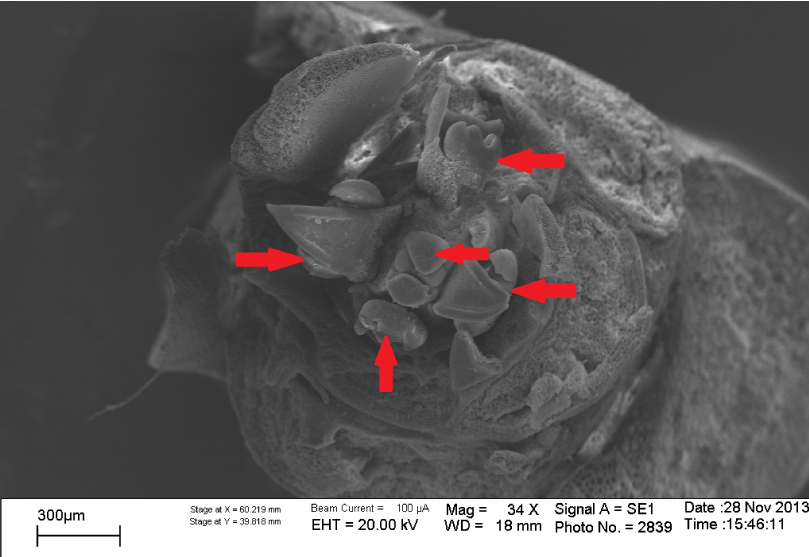Peculiarities of inflorescences morphogenesis in model representatives of the Celastraceae R.Br. in context of molecular phylogenetic data
Abstract
Peculiarities of laying and forming of inflorescences for model representatives of the Celastraceae are studied. Specific characters in rhythm development of generative elements for different taxa are determined. Morphological markers, which are coincided completely with molecular characters, are determined. They are evidenced on closely relation between next taxa: Celastrus and Tripterygium, Salacia and Sarawakodendron, Salacia and Brexia.
References
Кузнецова В.М. 1985. Органогенез вегетативных и генеративных почек в роде Euonymus L. Бюлл. Гос. Никитск. ботан. сада. 57: 31–35.
Савинов И.А. 2012. Уровни организации плода в семействе Celastraceae R.Br. и структурное разнообразие пиренариев в подсемействе Cassinoideae Loes. Mod. Phytomorphol. 1: 161-165.
Савинов И.А. 2013а. Некоторые особенности морфогенеза соцветий в роде Brexia Noronha ex Thouars (Celastraceae). Mod. Phytomorphol. 3: 161–165.
Савинов И.А. 2013б. Морфогенез соцветий и цветков модельных представителей семейства Celastraceae R.Br. в контексте данных молекулярной филогенетики. Систематические и флористические исследования Северной Евразии (мат-лы международ. конф., 12-14 декабря 2013, г. Москва): 191–193.
Coen E.S., Meyerowitz E.M. 1991. The war of the whorls: genetic interactions controlling flower development. Nature 353: 31–37.
Coughenour J.M., Simmons M.P., Lombardi J.A., Yakobson K., Archer R.H. 2011. Phylogeny of Celastraceae subfamily Hippocrateoideae inferred from morphological characters and nuclear and plastid loci. Molec. Phylogen. Evol. 59: 320–330.
Matthews M.L., Endress P.K. 2005. Comparative floral structure and systematics in Celastrales (Celastraceae, Parnassiaceae, Lepidobotryaceae). Bot. J. Linn. Soc. 149: 129–194.
Mu X.-Y., Zhao L.-C., Zhang Z.-X. 2012. Phylogeny of Celastrus L. (Celastraceae) inferred from two nuclear and tree plastid markers. J. Plant Res. 125: 619–630.
Prusinkiewicz P., Erasmus Y., Lane B., Harder L.D., Coen E. 2007. Evolution and development of inflorescence architectures. Science 316 (5830): 1452–1456.
Simmons M.P., McKenna M.J., Bacon C.D., Yakobson K., Cappa J.J., Archer R.H., Ford A.J. 2012. Phylogeny of Celastraceae tribe Euonymeae inferred from morphological characters and nuclear and plastid genes. Molec. Phylogen. Evol. 61 (1): 9–20.
Zhang X., Zhang Z.-X., Stutzel T. 2011. Aril development in Celastraceae. Fedd. Repert. 122 (7-8): 445–455.


This work is licensed under a Creative Commons Attribution-NonCommercial-NoDerivatives 4.0 International License.
The journal is licensed by Creative Commons under BY-NC-ND license. You are welcome and free to share (copy and redistribute the material in any medium or format) all the published materials. You may not use the material for commercial purposes. You must give appropriate credit to all published materials.
The journal allow the author(s) to hold the copyrights and to retain publishing rights without any restrictions. This is also indicated at the bottom of each article.





